There is no place in the universe so sacred as Venkatadri (Tirumala); there could be no manifestation of God like Sri Venkateswara either in the past or even in the future. - Brahma Purana
Inaugurating the golden jubilee celebrations of the Tirumala-Tirupati Devasthanams (TTD) in late April 1987, Chief Minister N.T. Rama Rao proclaimed, "If the Vatican is the religious center for Christians, Tirupati should be the same for the Hindus all over the world. This is my ambition."
His plan calls for the Tirumala-Tirupati-Tiruchanur area to be brought under the aegis of a Balaji Divya Kshetra, which will have a supreme council with Lord Venkateswara as the "Chairman" and Rama Rao as the vice-chairman.
Tirupati would be the nucleus for the spread of Hinduism and the biggest center for Hindu philosophy and learning. "Every paisa spent from the Lord's hundi must be spent meaningfully," he said, announcing a package of multi-crore-rupee schemes to develop the area into an epitome of sanctity.
Speaking after inaugurating the guest house of the Andhra Pradesh Sub-Registrars’ Association at Old Renigunta Road here on August 31, 2014 (Sunday), Mr. Krishnamurthy said the temple city (Tirupati/Tirumala) would be developed on the lines of the Vatican, as envisioned by former Chief Minister N.T. Rama Rao. “The Andhra Pradesh government, under the leadership of Chief Minister N. Chandrababu Naidu, will transform Tirupati into a world-class city,” he added.
Emulate Kashi-Vishwanath Corridor
Prime Minister Narendra Modi was the driving force behind the Kashi Vishwanath Temple Corridor project, which involved the strategic acquisition of hundreds of properties to widen the temple complex and create a direct path for pilgrims to the Ganges River.
According to government sources, the purchase of these buildings was made through voluntary compensation with the owners' cooperation.
Around 1,400 residents and businesses were relocated and compensated as part of the project.
Mecca and non-Muslims.
Non-Muslims are not allowed to enter the holy city of Mecca under Saudi law. This prohibition is long-established and is enforced at checkpoints and city boundaries.
The “Mecca Gate” (Qur’an Gate) marks one such boundary. It serves as a symbolic and literal entrance to the haram (sacred) area, beyond which non-Muslims are legally barred.
Divya / Punya Kshetra
Requesting the Andhra Pradesh government to declare Tirumala, Tirupati, and Tiruchanur as Divya Kshetra, to restore the sanctity of Lord Venkateswara Temple, and to adhere to Sanatana Dharma principles, excluding non-Hindu activities within a 30-kilometer radius, and limiting commercial development like large malls within its radius to preserve the holy atmosphere and ensure the safety of devotees. It will ensure the safety and well-being of devotees visiting the holy sites, creating an environment where they can experience the area's sanctity.
How do we make it Divya Kshetra with the presence of non-Hindu Population, presence of Churches and Mosques?
1) The state legislature should declare the Divya Kshetra Heritage Complex (DHC)with the Central government's support, where and when needed. Declare Tirumala, Tirupati, and Tiruchanur as Punyakshetra.
2) Punyakshetra area should consist of a 30 Kilometer area for each of the three sacred places, all seven hills, water bodies, all the roads, and all the buildings.
3) Create an Independent Punyakshetra Heritage Board (PHB) with clear powers over planning, pilgrim management, security coordination, cleanliness, and environmental stewardship.
4) PHB should define behavioral rules, dress, sobriety, vegetarian-only within the zone, litter-free, noise/light norm
5) PHB should consist of Peethadhipathis/acharyas, Agama experts, community reps, practicing Hindus, and people who have not been involved in politics for the last seven years. And domain specialists (crowd science, environment, public finance)—conflict-of-interest disclosures.
6) All non-Hindu structures should be used for Hindu Temple activities
7) Close all the wine shops, alcohol stores, bars, and belt stores in this complex.
Acquisition of Properties
1) Utilize the Right to Fair Compensation and Transparency in Land Acquisition, Rehabilitation and Resettlement Act, 2013.
2) Also utilize the methods utilized to create the Kasi-Viswanath Temple Complex
3) Identify all non-Hindu structures, houses, and businesses within the DHC
4) Determine fair compensation for the structures (Churches, Mosques, houses, etc.) based on market value and additional benefits as per the law.
5) Offer fair compensation and rehabilitation packages to the affected owners of the property to move beyond the boundaries of GHC.
6) Set up a Legal Bureau to handle any disputes that may arise in the acquisition of the properties.
7) Include the fair market price for non-vegetarian places, where meat, chicken, alcohol, etc., is served.
Existing Restaurants and Hotels
The restaurants and hotels may remain in the city provided they agree not to serve meat and alcohol.
Non-Hindus should not be permitted in DHC
1) Non-Hindus will be strictly prohibited from entering DHC.
2) Checkpoints should be established to identify non-Hindus.
3) IDs are required to prove their identity.
4) Non-Hindus found in DHC will be fined, deported, or imprisoned. (consistent with Mecca guidelines)
5) The punishment should be so severe that it would discourage others from violating the entry either intentionally or unintentionally.
The Global Hindu Heritage Foundation believes that declaring Tirumala, Tirupati, and Tiruchanur as Divya Kshetras would enhance the spiritual significance, as all three locations are recognized as inherently divine holy sites, potentially leading to increased reverence, more accessible pilgrimage, and unified devotional practices for Lord Venkateswara. All three locations will be imbued with an elevated spiritual experience, free from disturbance, and establish a deeper connection with the divine.
Lord Venkateswara is glorified in numerous scriptures as Pratyaksha Daivan (manifest divinity) and helps devotees in distress. This would underscore the spiritual significance of all three locations, allowing for a more profound and immersive experience for pilgrims.
Your donations are appreciated.
By Zelle: ghhfusaorg@gmail.com
PayPal: savetemples.org
By Check: Or you can send a check payable to GHHF, 14726 Harmony Lane, Frisco, TX 75035.
It is tax-deductible.
By Rupees: call 601-918-7111; +91 83096 43979
16 Jan 2026




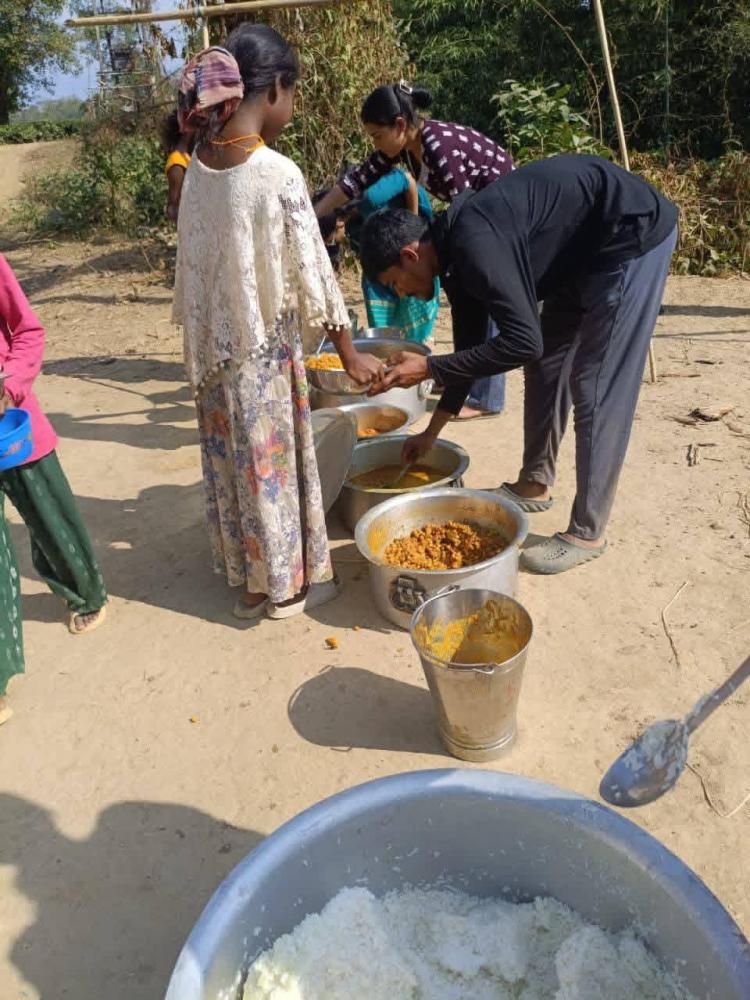
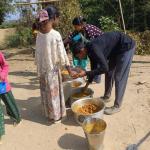



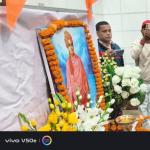
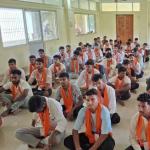
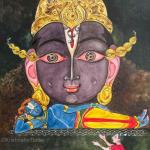



 Urgent support needed for Bangladesh Hindus
Urgent support needed for Bangladesh Hindus 



